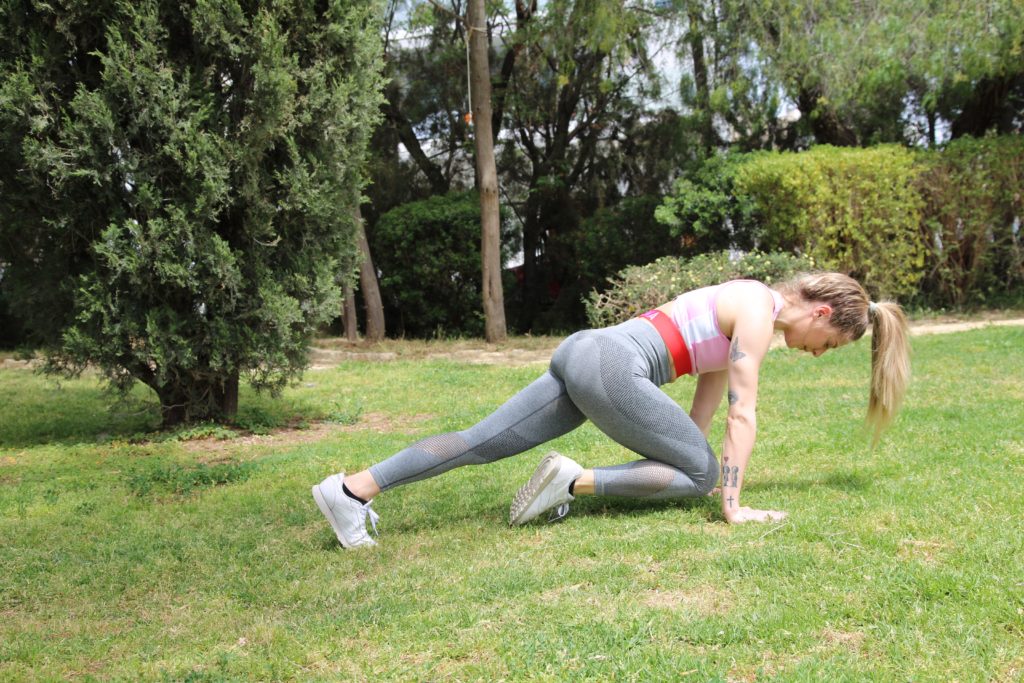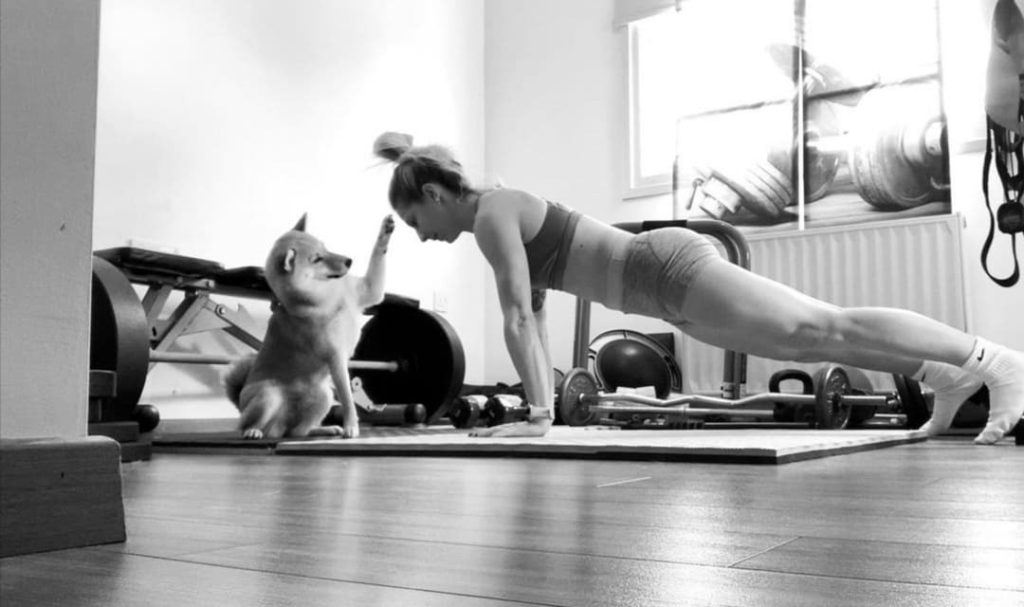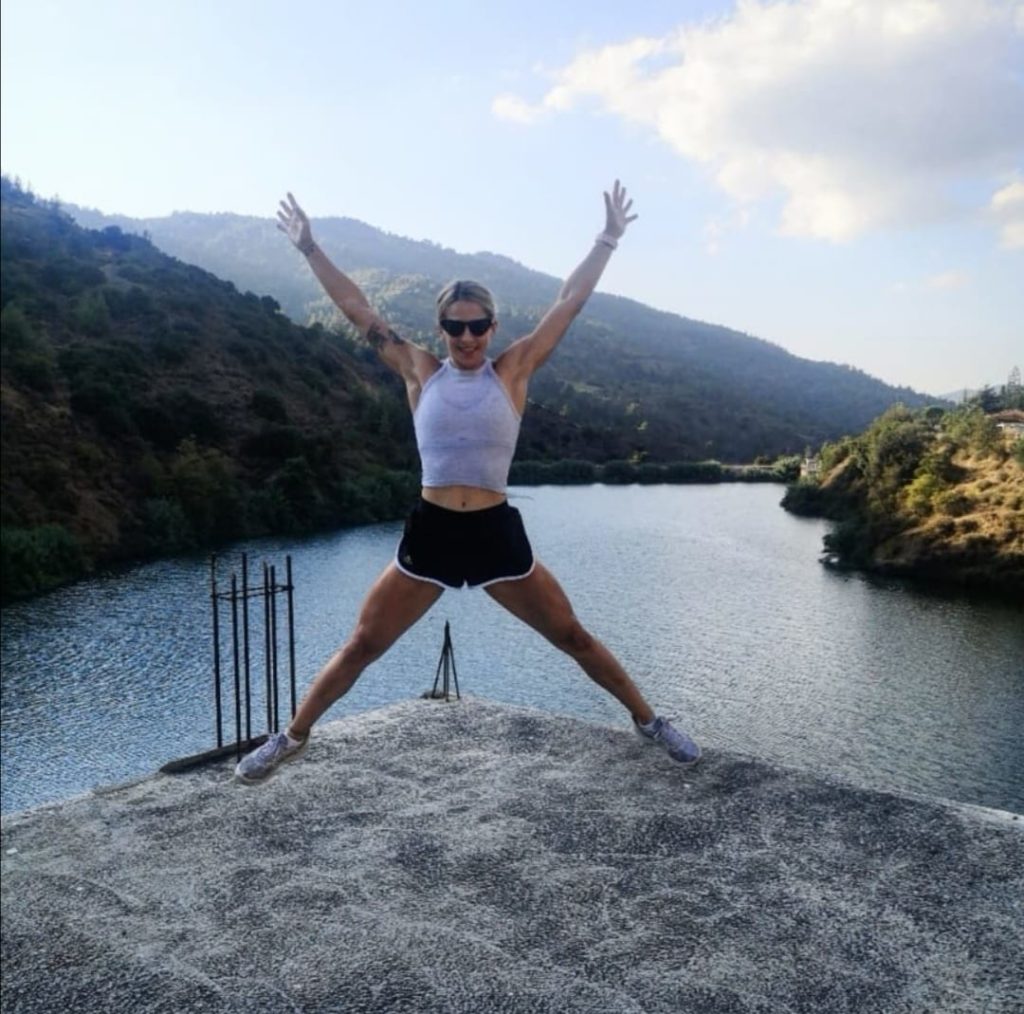My big question is how can you not exercise? Knowing all the health benefits of being physically active how can you still be sitting on the couch doing nothing? If you are currently inactive I hope that you start thinking differently and take some action by the end of this reading!
Let me start with the bad news: “Too many people are sedentary”. Want to know the good news? “It’s never too late to start being physically active! Whatever your age or fitness level you can start being active now”. Physical activity gives people a chance to have fun, enjoy the outdoors, and improve fitness. Some people choose to be active as it helps them feel more energetic and healthier. For me it’s a way of life! The best way to be physically active is to be active for life.

What does research say? Well, research clearly demonstrates the importance of avoiding inactivity. Even low amounts of moderate-to-vigorous intensity physical activity reduce the risk of all-cause mortality so stop the excuses “I don’t have time” and do as much as you can. Even if you have “busy days” find some time to devote to your own health, because exercise is health, is what keeps us alive! You were born to move, not to sit all day long, right?!
Physical activity is necessary for healthy growth and development of infants and young children of all ages. I feel lucky I have grown in a physically active family which made me who I am today! My goal is to motivate you to start moving, start exercising, start being more active!

Here are just a few of the benefits of being physically active:
- Improved bone health and weight status for children ages 3 – 5 years.
- Improved cognitive function for youth ages 6 – 13 years.
- Reduced risk of cancer at a greater number of sites.
- Brain health benefits, including possible improved cognitive function, reduced anxiety and depression risk, and improved sleep and quality of life.
- For pregnant women, reduced risk of excessive weight gain, gestational diabetes, and postpartum depression.
- For older adults, reduced risk of fall-related injuries.
- For people with various chronic medical conditions, reduced risk of all-cause and disease-specific mortality, improved physical function, and improved quality of life.
- Benefits, such as increased cardiorespiratory fitness, increased muscular strength, decreases in depressive symptoms, and sustained reduction in blood pressure, require a few weeks or months of participation in physical activity. Physical activity can also slow or delay the progression of chronic diseases, such as hypertension and type 2diabetes.
- Improved physical function among individuals of all ages, enabling them to conduct their daily lives with energy and without undue fatigue (climbing stairs or carrying groceries more easily).
- Improved cognitive function among youth and adults. Aspects of cognitive function that may be improved include memory, attention, executive function (the ability to plan and organize; monitor, inhibit, or facilitate behaviors; initiate tasks; and control emotions), and academic performance among youth.

The Health Benefits of Physical Activity—Major Research Findings
- Regular moderate-to-vigorous physical activity reduces the risk of many adverse health outcomes.
- Some physical activity is better than none. The biggest gain in benefits occurs when going from no physical activity to being active for just 60 minutes a week.
- For most health outcomes, additional benefits occur as the amount of physical activity increases through higher intensity, greater frequency, and/or longer duration.
- Substantial health benefits for adults occur with 150 to 300 minutes a week of moderate-intensity physical activity, such as brisk walking. Additional benefits occur with more physical activity.
- Both aerobic and muscle-strengthening physical activity is beneficial.
- Health benefits occur for children and adolescents, young and middle-aged adults, older adults, and those in every studied racial and ethnic group.
- The health benefits of physical activity occur for people with chronic conditions or disabilities.
- The benefits of physical activity generally outweigh the risk of adverse outcomes.
- It has been estimated that people who are physically active for approximately 150 minutes a week have a 33 percent lower risk of all-cause mortality than those who are not physically active.
- Adults who are regularly active at or near the higher end of the key guideline range—300 minutes a week—gain additional health benefits. These additional benefits include further risk reduction for several cancers and prevention of unhealthy weight gain (by physical activity alone).
- People likely gain some health benefits even when they replace sitting time with light-intensity activity. Sitting less and doing moderate- or vigorous-intensity physical activity has even more benefits.
- Adults are encouraged to do a variety of activities to reduce the risk of injury often caused by doing too much of one kind of activity (this is called an overuse injury)
- Adults who are physically active are healthier, feel better, and are less likely to develop many chronic diseases, such as cardiovascular disease, type 2 diabetes, and several types of cancer than are adults who are inactive.
- Regular moderate-to-vigorous physical activity also reduces feelings of anxiety and depression and improves sleep and quality of life. Even a single episode of physical activity provides temporary improvements in cognitive function and state anxiety.
- Increased amounts of moderate-to-vigorous physical activity are associated with improved cardiorespiratory and muscular fitness, including a healthier body weight and body composition.
- Adults who are more physically active can more easily carry out daily tasks like climbing stairs, carrying heavy packages, and performing household chores. These benefits are true for men and women of all ages, races, and ethnicities.
There are too many benefits you can talk about for day, so let’s take some action. If you do not yet do the equivalent of 150 minutes of moderate-intensity physical activity a week (inactive or insufficiently active) work gradually toward this goal. The initial amount of activity should be at a light or moderate intensity, for short periods of time, with the sessions spread throughout the week.
Physical fitness is an important factor in the ability of people to perform routine daily activities and is defined as “the ability to carry out daily tasks with vigor and alertness, without undue fatigue, and with ample energy to enjoy leisure-time pursuits and respond to emergencies.” Physical fitness has multiple components, including cardiorespiratory fitness (endurance or aerobic power), musculoskeletal fitness, flexibility, balance, and speed of movement. The more physically fit you are the better life you have! And remember! “The great thing about exercise is that it’s never too late to start!!!”

References: Physical Activity Guidelines for Americans, 2nd edition, 2018
U.S. Department of Health and Human Services